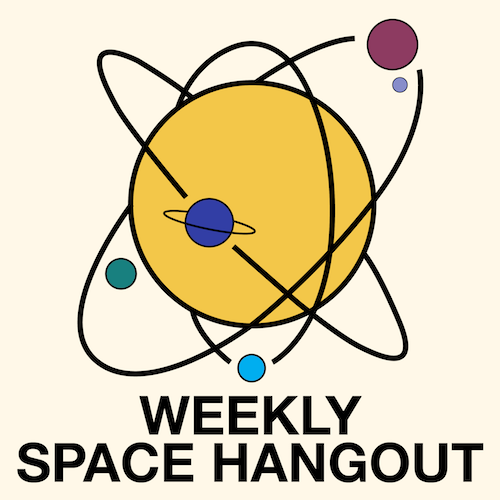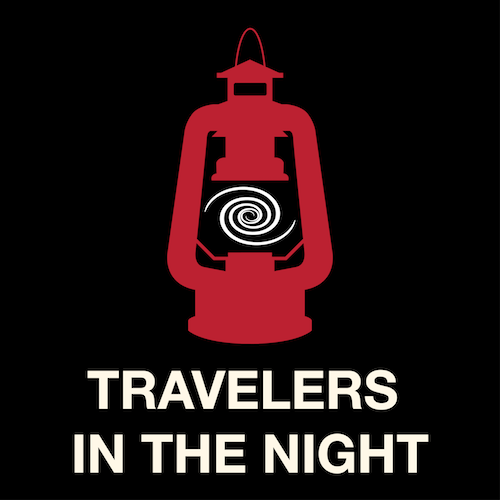News round-up with @WSHCrew this week will cover various topic including cosmic rays as earthquake detection, rare galaxies forming stars, James Webb, machine learning for exoplanet cartography, solar flares, and Event Horizon Telescope.


News round-up with @WSHCrew this week will cover various topic including cosmic rays as earthquake detection, rare galaxies forming stars, James Webb, machine learning for exoplanet cartography, solar flares, and Event Horizon Telescope.

Time for @AwesomeAstroPod news round-up and skyguide. We have JWST, new type of nebula, detecting life in Europa, exoplanet around dead star, galaxy with no dark matter and more. #365DaysOfAstro

Today we bring you space scoop about the magnificent galaxy NGC 1566, nicknamed the “Spanish Dancer”. More at #365DaysofAstro

The Milky Way is a vast grand spiral today, but how did it get this way? Looks like ancient collisions with dwarf galaxies is the answer. But the ancient collisions with dwarf galaxies, and how they came together to build the modern Milky Way?

A recent image from the South African MeerKAT Telescope blew our minds. It was a high resolution image of the center of the Milky Way showing delicate filaments and other structures. Today we’re gonna talk about why this was such an accomplishment and what the future holds for radio astronomy.

Time for news update. The @WSHCrew discuss about gigantic galactic shock wave, what to see in the sky, JWST and alien detection, the hidden Supermassive black hole, and a dwarf galaxy.

Defying expectations, an ultramassive galaxy and many of its cluster companions had already formed most of their stars and become inactive only two billion years after the beginning of the Universe

On the grand scale of things, galaxies are on the grand scale of things. How does the galaxy rotate? What is intergalactic dust made of? @cheapastro at #365DaysofAstro

Today Travelers in the Night Sky discuss about how to preserve the night sky and the invisible material that speed up galaxies.

Time for news roundup. @WSHCrew talk about neutrinos, dead planet crashing into dead stars, galaxies loses their dark matter, auroras in Jupiter, black hole, and new type of neutron stars.